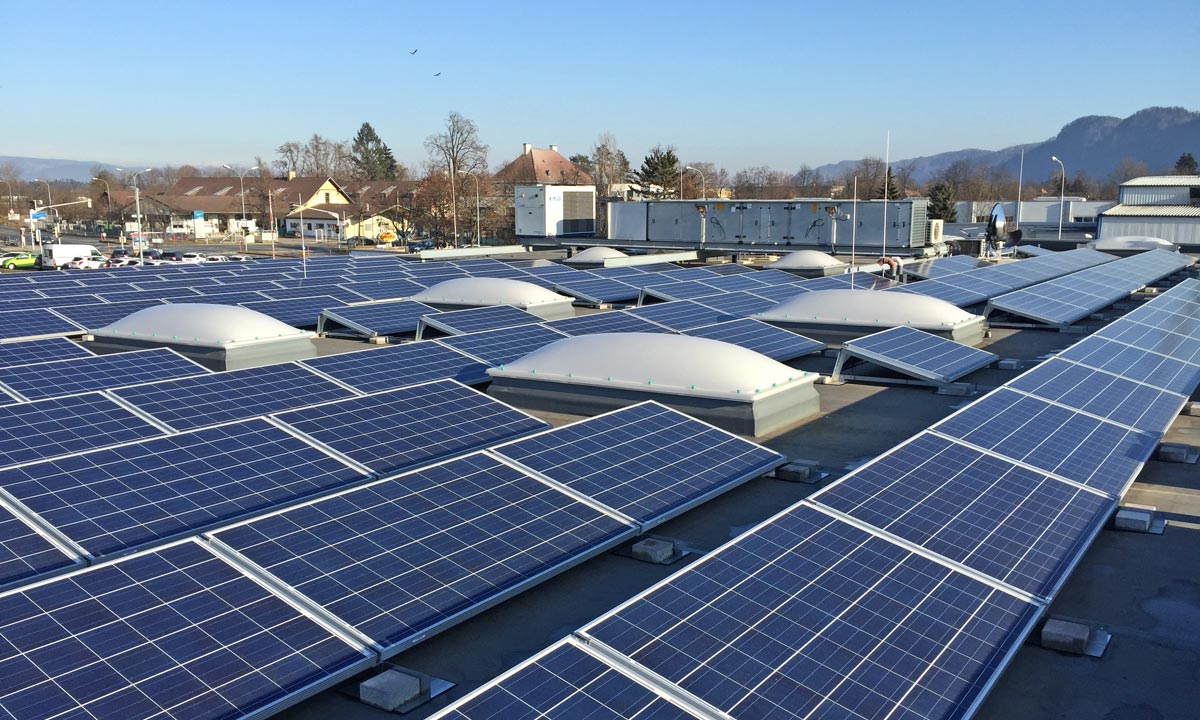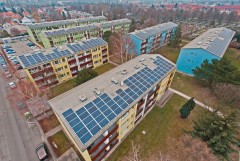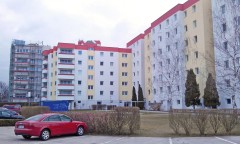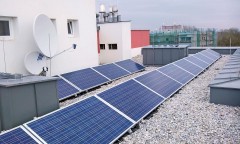Up to now electricity generated locally with PV has either been consumed by the owner of the property himself or fed into the public power grid. No suitable business models exist for supplying tenants in flats, flat owners or commercial consumers in large buildings directly or distributing the power generated locally to nearby properties via microgrids.
The technical, economic and legal feasibility of such business models has been thoroughly investigated in a survey conducted by IIBW (Institut für Immobilien, Bauen und Wohnen GmbH) in collaboration with experts in science, law and the energy and construction industries. On the basis of specific applications a total of seven models have been developed, tested and documented. Today it is already possible to use electricity generated locally from renewables for the shared facilities in a large housing complex; however, there are legal barriers to supplying individual flats directly.
Technical and economic feasibility
Even today systems of this kind are technically feasible. On the economic front it has been shown that, with the cost of components continually sinking, payoff periods shorter than 15 years are realistic – even without subsidized feed-in tariffs. Relatively large PV facilities (from about 25 kWp) can achieve payoff periods shorter than 10 years.
Legal reform
The main obstacles to implementing these business models are in the legal fields concerned with energy, housing tenure and consumer rights. In the course of the survey the manifold legal constraints were analysed and recommendations drawn up. The Austrian statute governing the power supply industry (ElWOG) has to be be reformed, so that the potential of using PV electricity locally can be exploited in future. With communal facilities the promoter will become the power supplier in many cases, which in turn generates new legal issues. And there are other regulations in energy law (such as free choice of supplier, compulsory separate meter per flat, etc.) which make implementation more difficult.
Potential
Some models, such as tenants of individual flats renting small PV facilities, or flat-rate leasing contracts (for student hostels or nursing homes), can be implemented in line with current law even today. With minor amendments to energy law it would be possible to transfer PV yields to households on a strict accounting basis; within a customer complex the grid operator would assign the yields from a communal PV facility to individual households for accounting purposes. The experts see considerable potential both in existing non-commercial housing and in future construction. Once suitable business models for this sector are available, they can be expected to come on the market very soon.
CONTACT
Wolfgang Amann, IIBW Inst. für Immobilien, Bauen und Wohnen GmbH
amann@iibw.at
www.iibw.at



